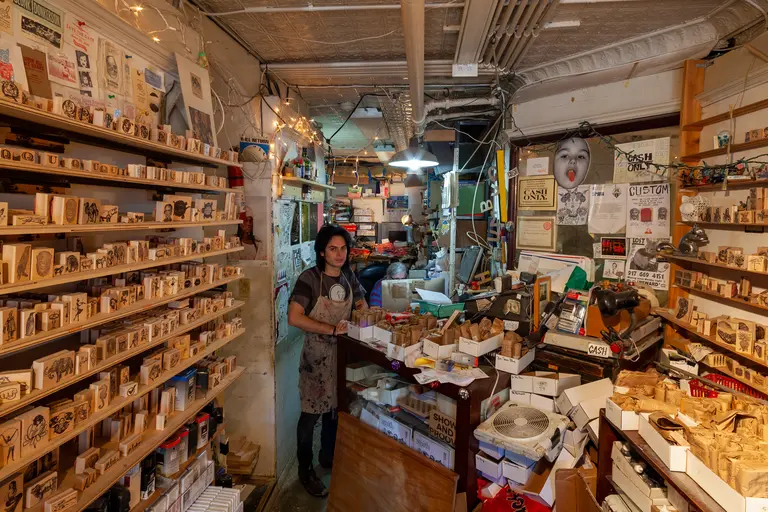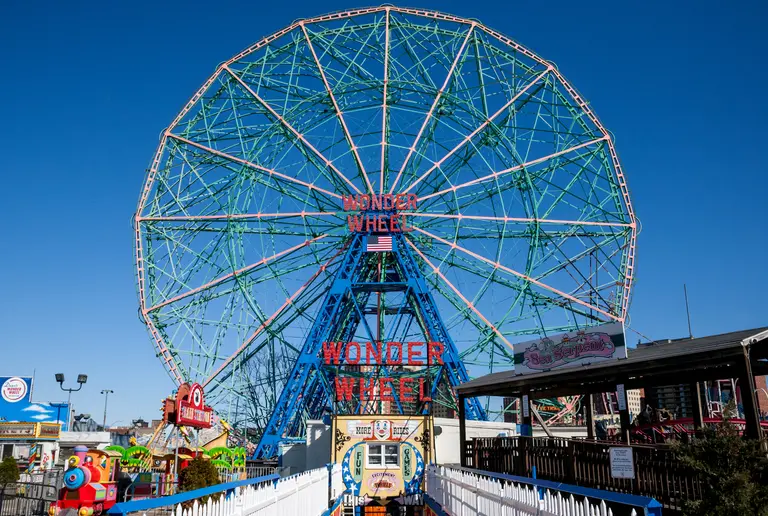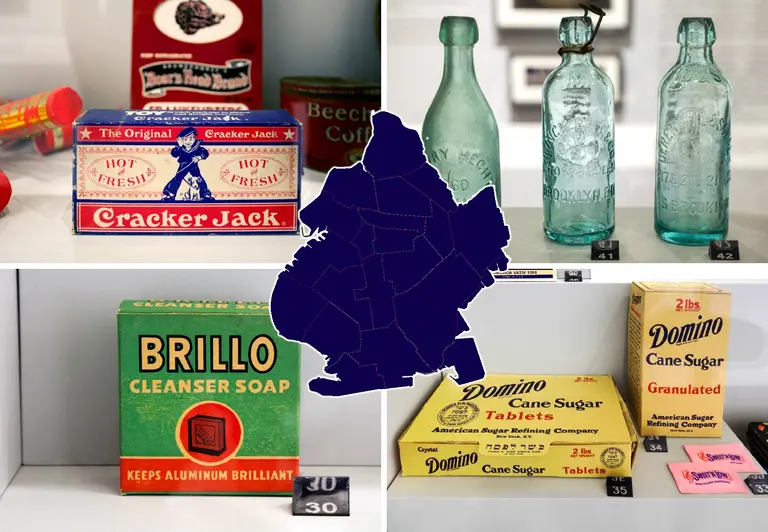October 23, 2018
6sqft’s series “Where I Work” takes us into the studios, offices, and businesses of New Yorkers across the city. In this installment, we’re going inside Paulie Gee’s Slice Shop in Greenpoint. Want to see your business featured here? Get in touch!
Long-time pizza enthusiast Paulie Giannone opened his first wood-fired pizza restaurant, Paulie Gee’s, in 2010 on Greenpoint Avenue in Brooklyn. Since then, he's opened locations in Miami, Columbus, Ohio, Chicago, and Baltimore. Most recently, though, he came back to his roots with Paulie Gee’s Slice Shop, just a few blocks away from his original spot in Greenpoint. While Paulie’s restaurants center around gourmet pizzas, including many vegan options, the Slice Shop specializes in classic New York City-style and Sicilian slices. In keeping with this classic pizza joint feel, the Slice Shop’s retro décor is inspired by the pizzerias Paulie Gee frequented while growing up in Kensington, Brooklyn.
We had a chance to speak with Paulie at the newly opened Slice Shop and sample some of the delicious pizzas, including his classic cheese slice and his sauceless Mootz. He filled us in on how he got his start in the pizza business, where he found the '60s and '70s decor, and his reaction to the long lines New Yorkers are waiting on to get a slice of Paulie Gee's.
Get a slice of Paulie Gee's!



